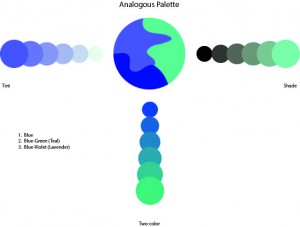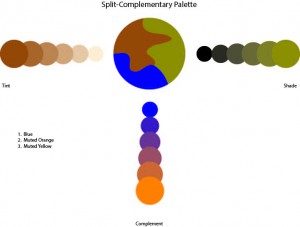Building New York, a Humument created by Kevin J. Ayala is a Piece that was inspired by Tom Phillips’s rendering of text from the original Humument. In this Humument, We are shown of Ayala’s expression for New York and his love for it explained by this short Humument. Complemented by the drawing of what seems to be an interpretation of New York during a night time setting, it reads, ” I’m Here because i was born here, Building private New York, All worldly possessions in hand, Look, there is the first brick in your city”. The text that Ayala creates this Humument from was from Colson Whitehead’s “City Limits”, a Essay describing people first encounters with New York and how its settings begin to change overtime, but not the person’s Interpretation of “Their own New York”. The piece was made in Brooklyn, N.Y in December of the year 2014, Being displayed in the Brooklyn Gallery of Art and Poetry.
This piece seems to be made from an actual document (Or a possible copy) that contains part of Colson’s Whitehead’s essay, “City Limits”. The document was painted over with what seems to be gouache paint, using cool, dark colors to compliment the Night setting of what seems to be drawn as Ayala’s Small interpretation of what New York looks like in a small window, With Buildings Painted on both sides of the page, along with a small view of a bridge in the middle of the buildings (what seems to be Brooklyn Bridge). The one red rectangle on one of the buildings that surrounds the word “Brick” in the humument really gives diversity into the work, also passing the message of seeing “The first brick in your city”
By Using Whitehead’s Text, Ayala wanted to give a short but meaningful message of experiencing New York for the first time, and what it has to offer to that person’s experiences in life. For all his life, Ayala has lived in New York, surrounded by influences and inspiration. To capture those small moments in life, he decided to study in an artistic major. This way, he can draw out those small moments in his mind and be able to transfer that idea in a creative way, either be by poetry or a drawing, painting, etc. For his whole life, he always had a thing with music and drawing, the music part being an influence into poetry. Originally when he created his Humument, it was a project in his freshman year at City Tech College located in Brooklyn, New York. For his whole English 101 class, the writing that was done was mainly revolved around the New York area and its influences towards the student.
Ayala’s influence to make this humument was once again, his love for the New York state and its appealing moments, areas, etc. The picture drawn for the humument was inspired by the Brooklyn area, and its plentiful buildings along with a sight of the Brooklyn Bridge. The area was new to him during the time and it was something he wanted to explore with his free time, thus came the idea of the picture for the Humument. Ayala was so fascinated and intrigued by the surrounding Brooklyn area, he wanted to capture that scene with both a drawing and a type of poetry. Since his situation fits the theme of Whitehead’s “City Limit”, Ayala thought it would be the perfect essay to use to describe the experience of his first time on Brooklyn when he attended college.
Ayala’s Piece has earned its place in our museum due to its artistic look and excellent use of poetry within a text as a normal Humument would do. He really did capture the meaning of coming to an area for the first time, beginning a new map of your personal New York and your experiences that are to come in the future.
50 Word Note:
Building New York, a Humument created by Kevin J. Ayala is a Piece that was inspired by Tom Phillips’s rendering of text from the original Humument. With Text Taken from Colson Whiteheads “City Limits”, the Humument shows a single red Brick (Over “Brick”) to show the ” First brick in your city”





